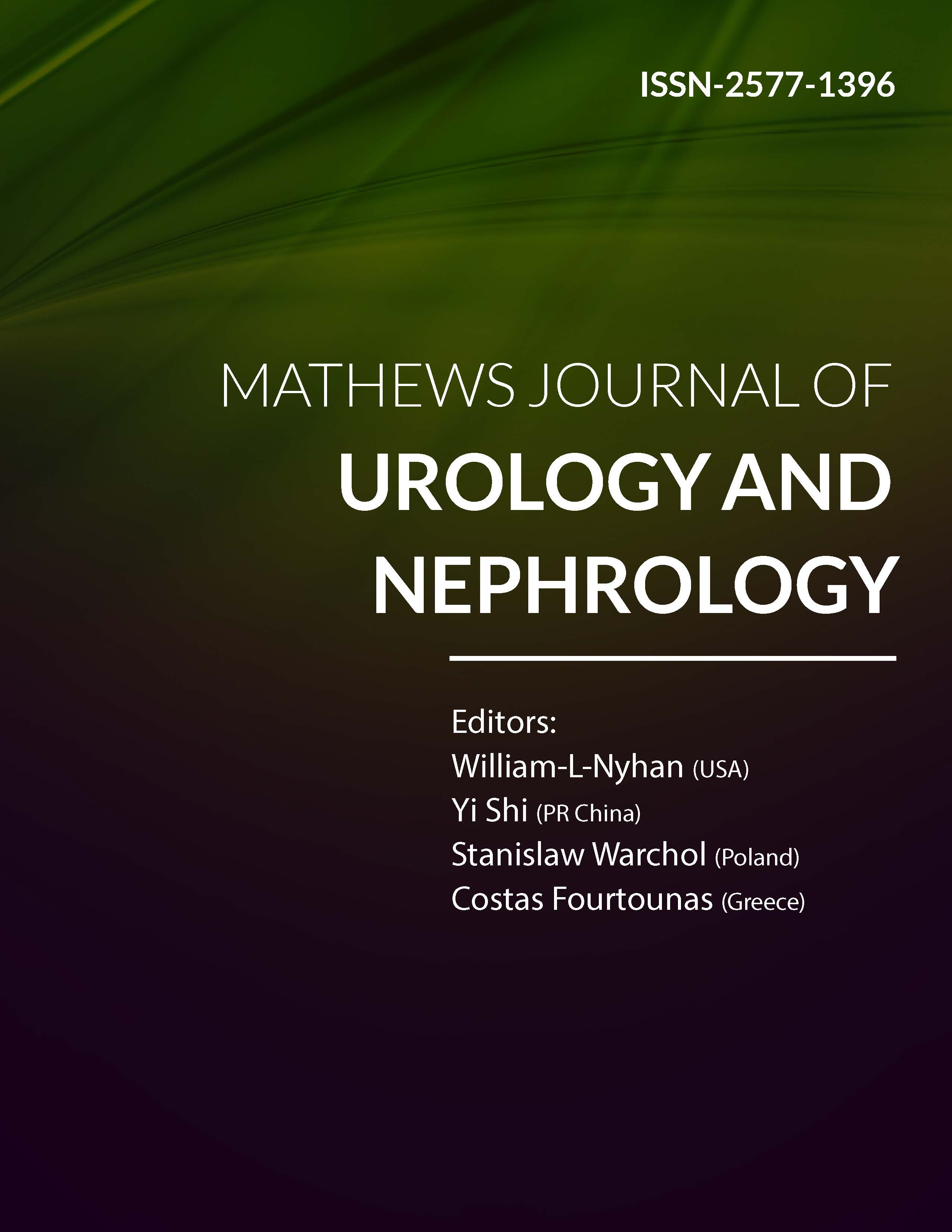
Information Links
Previous Issues Volume 6, Issue 1 - 2024
Surgical Repair of Penile Fractures: Outcomes of a Prospective Mono-Centric Case Series Study
Mahmoud Alafifi*, Abderrahmane Doumer, Reda Safwate, Hamza Ait Mahanna, Adil Kbiro, Amine Moataz, Mohamed Dakir, Adil Debbagh, Rachid Aboutaieb
Department of Urology, University Hospital Center IbnRochd Casablanca and Faculty of Medicine and Pharmacy of Casablanca, Morocco
*Corresponding author: Dr. Mahmoud Alafifi, Department of Urology, University Hospital Center IbnRochd Casablanca and Faculty of Medicine and Pharmacy of Casablanca, 19 Tarik ibnou quartiers des hôpitaux, Morocco, Phone: +212700148612, E-mail: [email protected].
Received Date: March 18, 2024
Published Date: April 01, 2024
Citation: Al-Affifi M, et al. (2024). Surgical Repair of Penile Fractures: Outcomes of a Prospective Mono-Centric Case Series Study. Mathews J Urol Nephrol. 6(1):16.
Copyrights: Al-Affifi M, et al. © (2024).
ABSTRACT
Background: Penile fracture is a traumatic rupture of the tunica albuginea with subsequent subcutaneous hematoma with or without rupture of the corpus spongiosum and the urethra. Methods: On a duration of 6 years, we carried prospectively a single-center case-series study on fractures of the cavernous bodies of the penis within the urology department. The parameters studied were: age, mechanism of occurrence, clinical and surgical data, and then postoperative follow-up. Checks had been carried out on the 1st and 2nd week and 1st, 3rd, and 6th month. The complications were: aesthetic and functional; erectile dysfunction was assessed according to the International Erectile Function Index (IIEF-5). This work has been reported in line with the PROCESS criteria. Results: 214 patients were enrolled in the study, the average age was 39.74 years, the majority were married (66.8%). The most present clinical signs were crackling and detumescence, hematoma, and tumefaction. Misstep of coitus was the predominant mechanism followed by forced maneuver. Only 29.4% of patients had ultrasounds, and the fracture was seen in 71.42% of cases. The most used incision was coronal (80%), and 21.96% had aesthetic and/or functional complications after surgery. Conclusion: Penile fracture is primarily caused by forced maneuvers during an erect state or sexual activity. Inadequate or delayed treatment can result in functional and aesthetic complications, as observed in 21.96% of cases in our study. There is a correlation between the duration of sexual abstinence and the extent of the fracture line.
Keywords: Penile Fracture, Corpora Cavernosa, Surgery Outcome, Erectile Dysfunction.